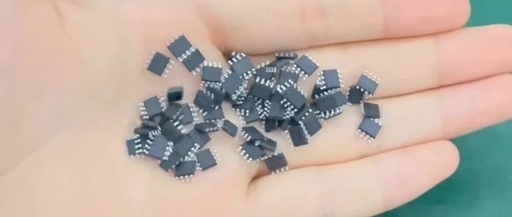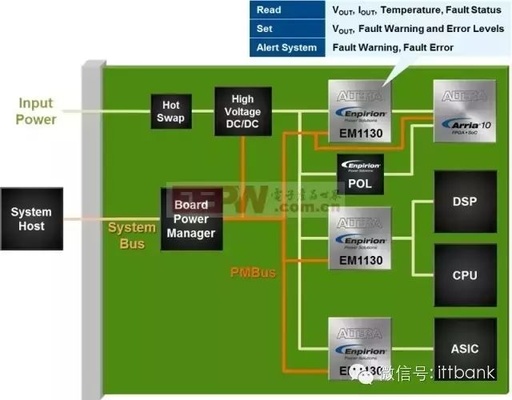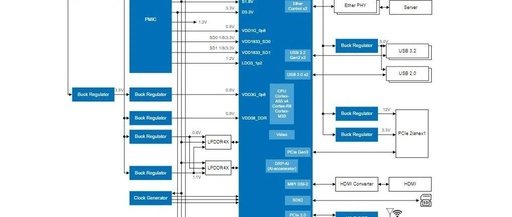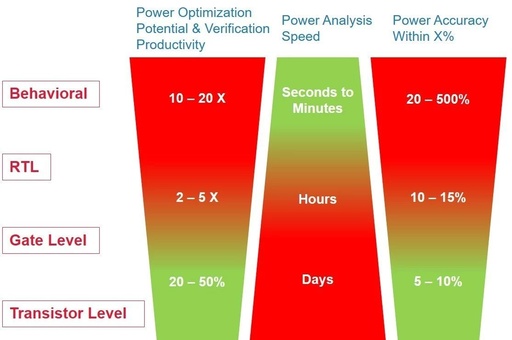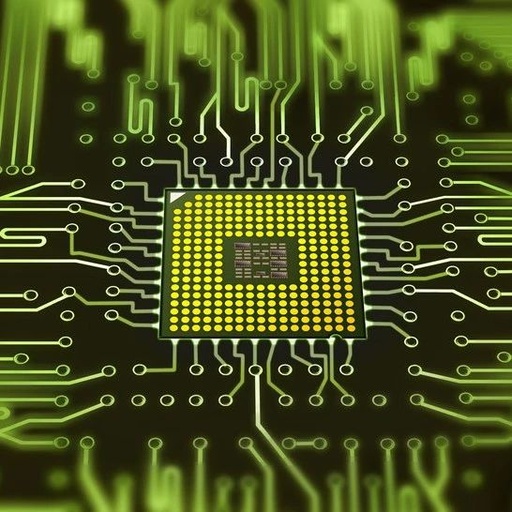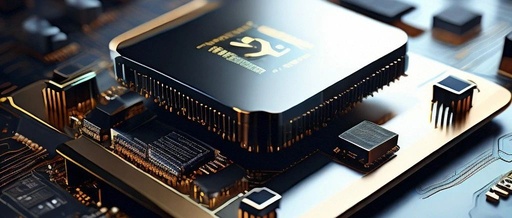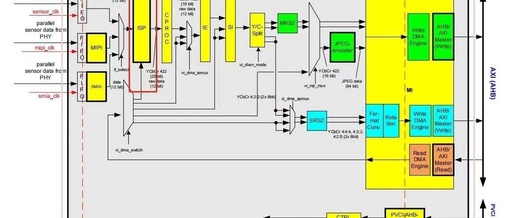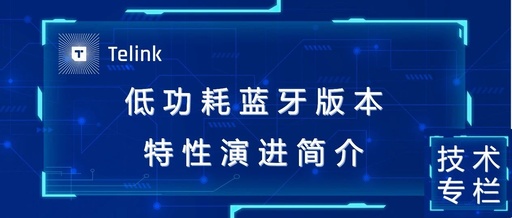Understanding CPU, MCU, MPU, SoC, DSP, ECU, GPU, and FPGA
In electronic engineering and embedded development, terms like CPU, MCU, MPU, SoC, DSP, ECU, GPU, and FPGA are often mentioned. However, due to similar names and overlapping uses, beginners often feel confused. This article will comprehensively analyze their characteristics from four perspectives: definition, performance, usage, and price. — 1. CPU (Central Processing Unit) Definition The … Read more
